As the peak of Autumn nestles into the calendar and the crisp fall days of September and October turn into expansive gray November skies, the draw towards eating pumpkin only increases. Sure, there is a strong connection between pumpkins and Halloween, but back in early America, pumpkins weren’t exclusive to the fall season and were, in fact, more of a staple than we imagine today. John Townsend explains in detail just how important and integrated pumpkins were in 18th-century living.
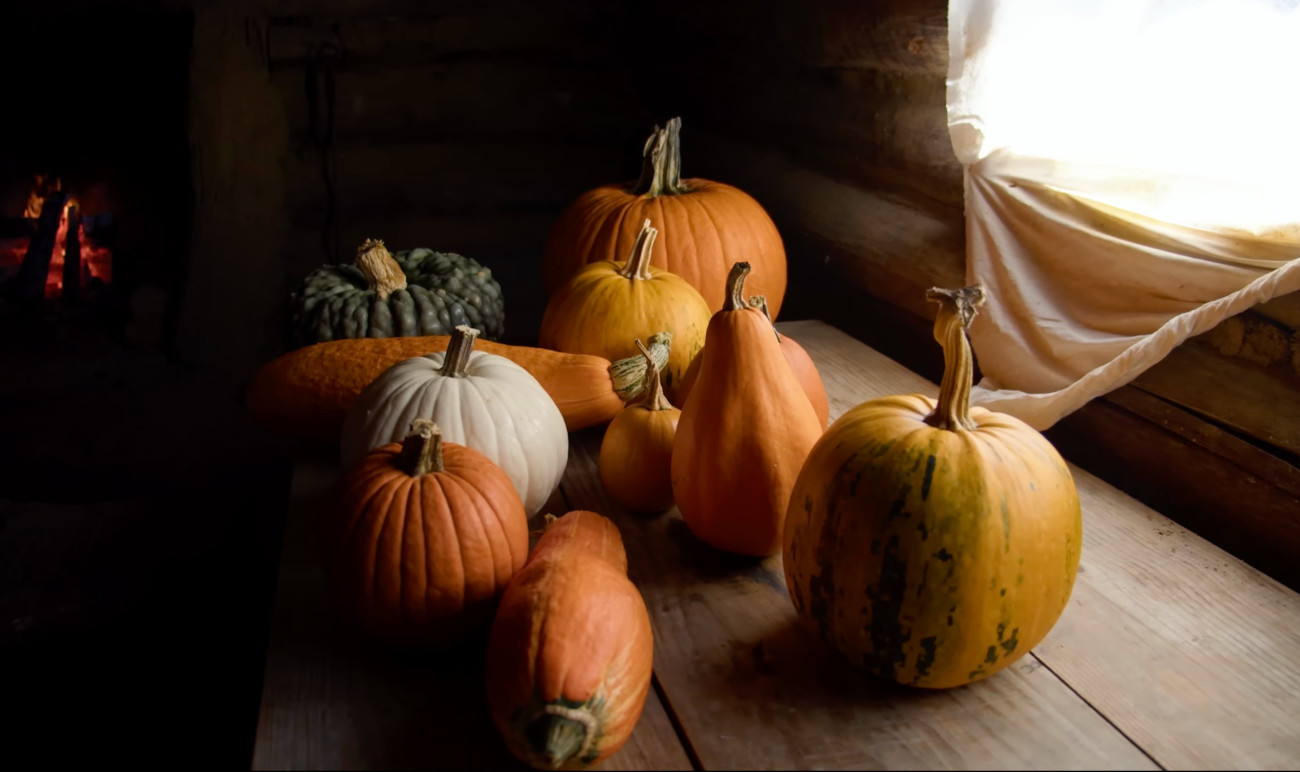
Immersed in 18th-century living, Townsend explores 18th-century living and cookery with a deep and sincere passion that exudes in all of these videos, this one is no exception. Here, he explains pumpkins aren’t just for fall. Before people made their way over to the New World and established colonies, pumpkins in Europe were around, but they were exclusively used as peasant food. Like corn, it was associated with animal feed. Those eating it were consuming last-resort sustenance. Pumpkins in Europe show up in Spanish and French cooking, where it was used as an ingredient in hearty stews and acted as a thickener to the broth.

Yet, over in North America, pumpkins were venerated and considered a staple crop alongside easy-growing things like corn and beans. Their large size and consistent growing schedule made them a mainstay that the Native Americans could lean on.
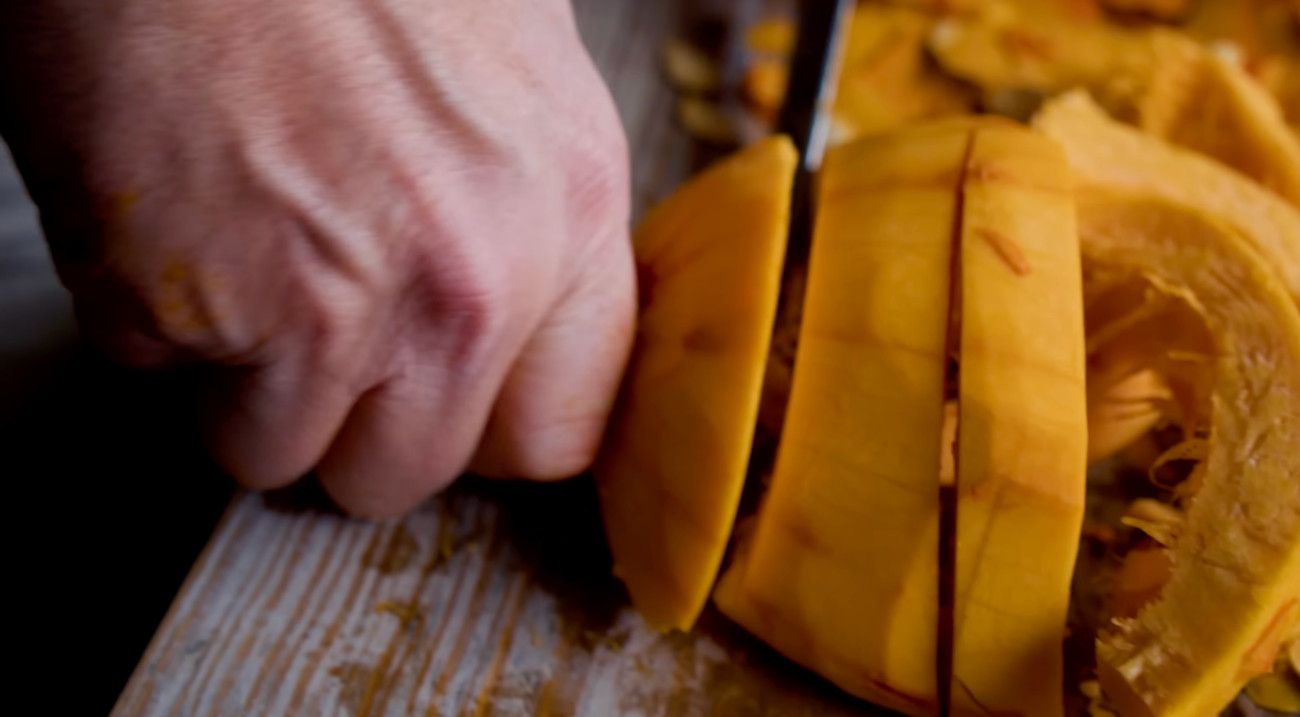
Native Americans stored harvested pumpkins in bark-lined pits, that were dug into the earth. When they required sustenance, the pits were re-exhumed and pumpkins were taken out on a per-need basis. As long as the pumpkins weren’t frozen, they could last four to five months past their fall harvest season, making them less of a seasonal item and more of a crucial staple.
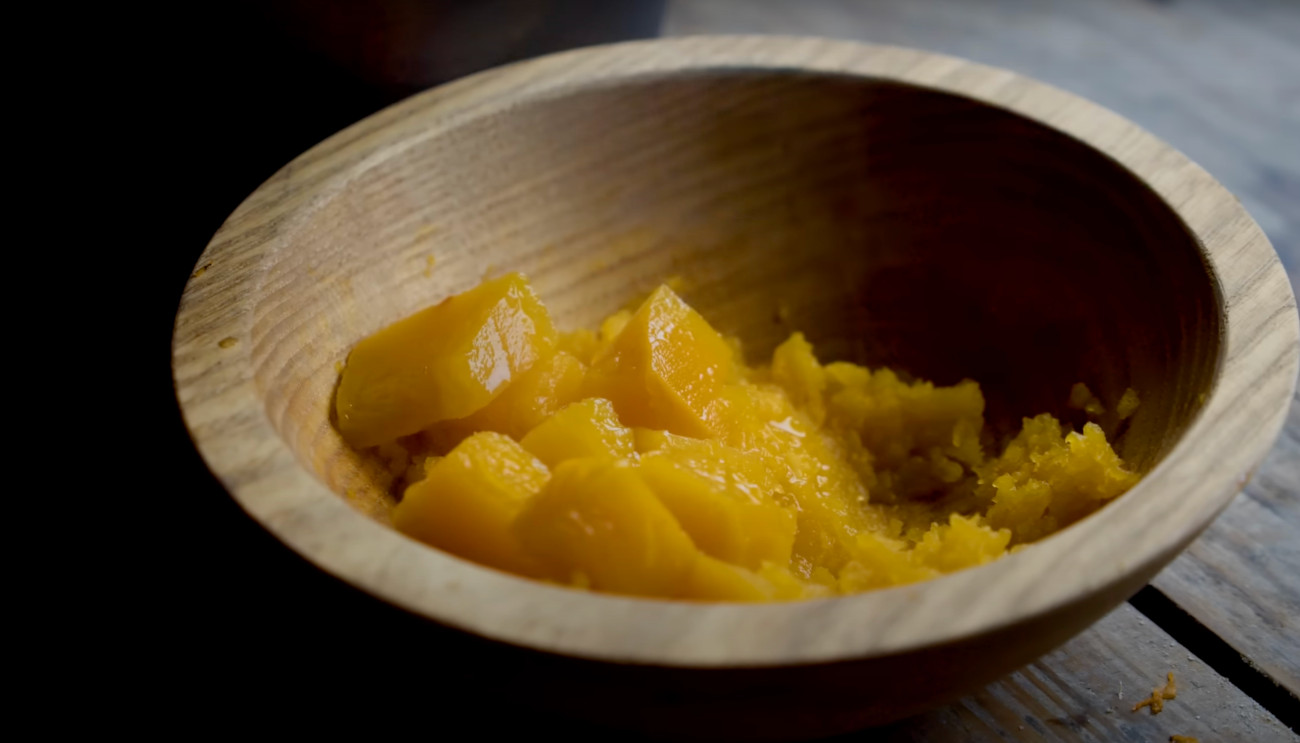
Until European crops could thrive in the soil, colonists leaned heavily on the Native American agricultural growing techniques as a means to survive and acclimate to the new environment. The once negative connotation of pumpkins vanished with the colonists who embraced the consumption of pumpkins with a definite gusto. Pumpkins became such a mainstay in early colonial diets, and people were proud to some degree of their ability to survive on this staple crop. A late 1780 dictionary listed a pumpkin as a slang term for a Bostonian, as people from Boston were known to be proud of their copious consumption of pumpkins. Before it was known as Bean Town, it was known as the Pumpkinshire.
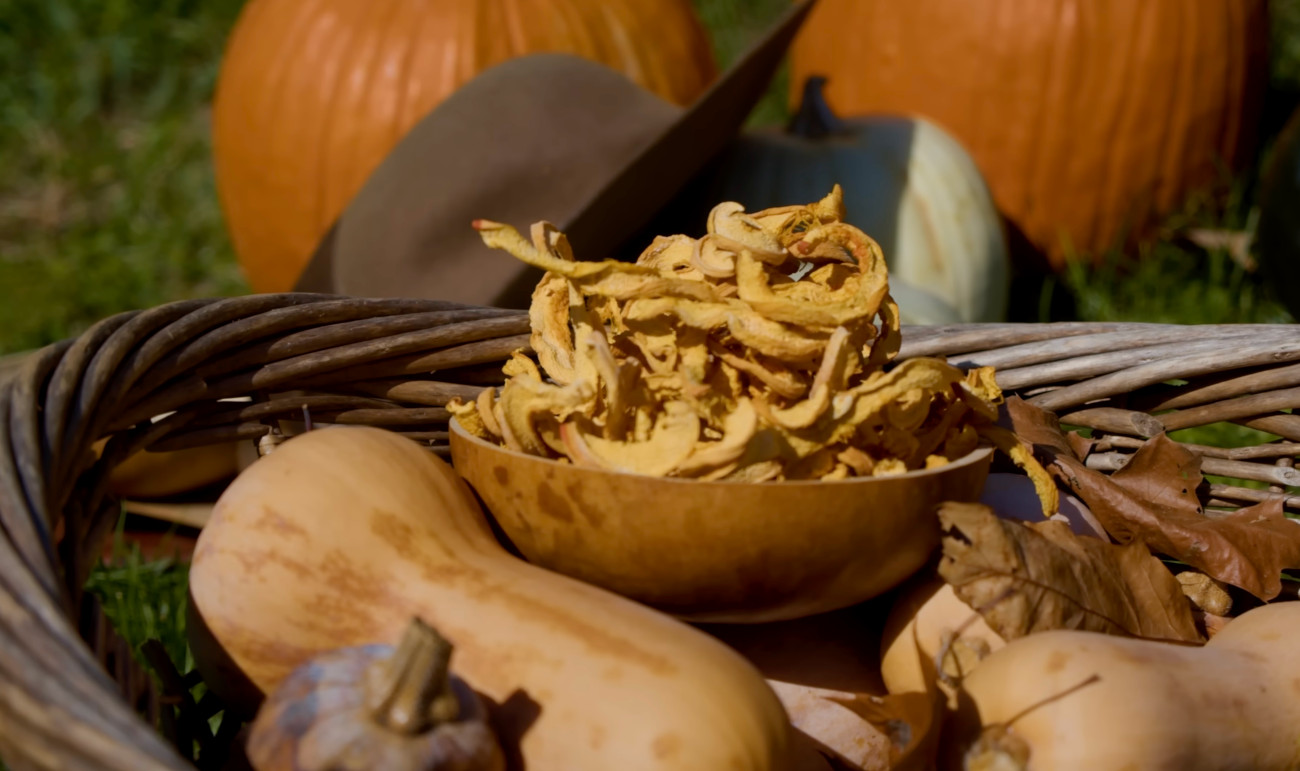
Not only did pumpkins store well, but they could be preserved in a variety of ways. Slicing and drying pumpkin was a useful way to store pumpkin without taking up so much space.
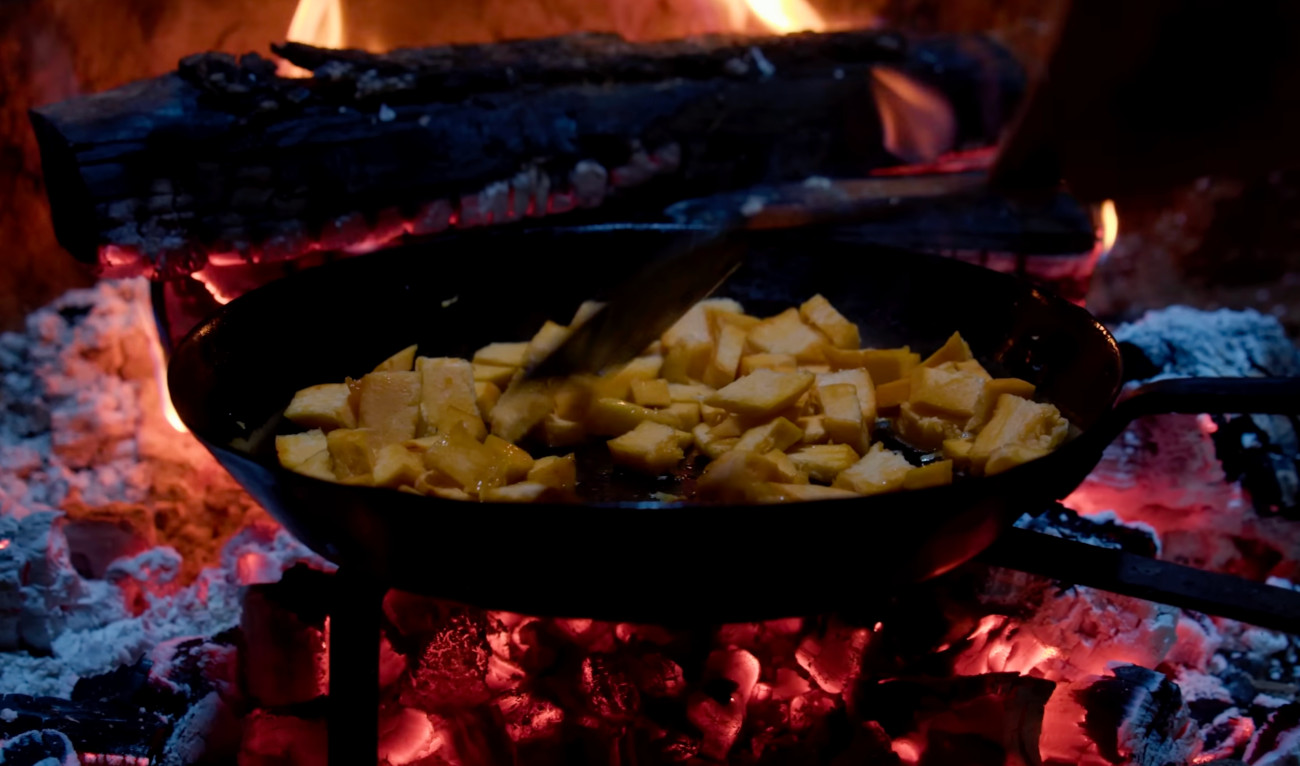
When it comes to cooking pumpkins, our first go-to is custard pumpkin pie, but in the 18th century, there was a variety of ways to eat pumpkins. The easiest method of cooking would be to pan-fry chopped pieces in a skillet with fat.

The sweetness that leaches out into the pumpkin boiling water was also utilized for things like baking.

You could also bake pumpkins whole. First, you removed the seeds, and then the pumpkins were covered in ash and cooked in a fire until softened.
Do any of these pumpkin cooking methods peak your interest? If you’re interested in watching the full video, you can click the link here.













